Six underground wonders of Scotland
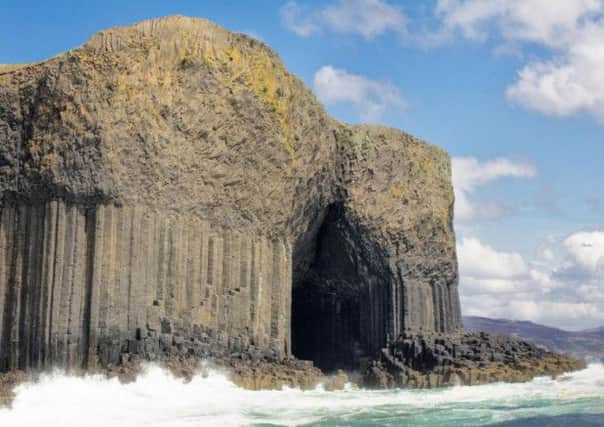

Hidden in subterranean locations lies some of the country’s must-see destinations.
We take a look at a few underground wonders that can be found across Scotland.
The Bone Caves, Inchnadamph, Sutherland
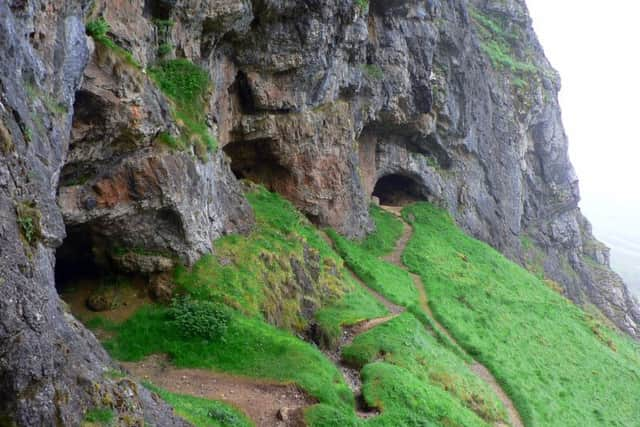

Advertisement
Hide AdAdvertisement
Hide AdExcavated by geologists in 1889, the Bone Caves are home to the bones of animals now extinct in the Highlands including lynx, polar bear, arctic fox and lemmings.
Four cave openings are set into Creag nan Uamh (Crag of the Caves) and look out from the base of the limestone Creag nan Uamh over the Allt nan Uamh glen.
Created before the last ice age, glacial action and erosion by water have left the caves hundreds of feet above the valley floor.
The area acted as a refuge for sub-arctic species at the end of the last glaciation. Through subsequent excavations, the remains of reindeer antler, a polar bear and the jawbone of a wildcat have all been discovered.
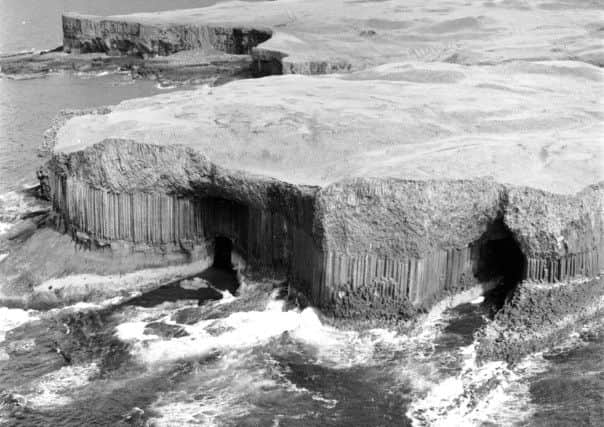

Human bones were also uncovered in what is thought to be intentional burials.
The caves can be reached on foot by Inchnadamph.
Fingal’s Cave, Isle of Staffa
Regarded as one of the most unique caves in the country, Fingal’s Cave is a wonder to many. The cave itself is formed hexagonally, created by huge waves that struck the island during storms over the course of thousands of years. Its structure is a popular attraction on the uninhabited Isle of Staffa.
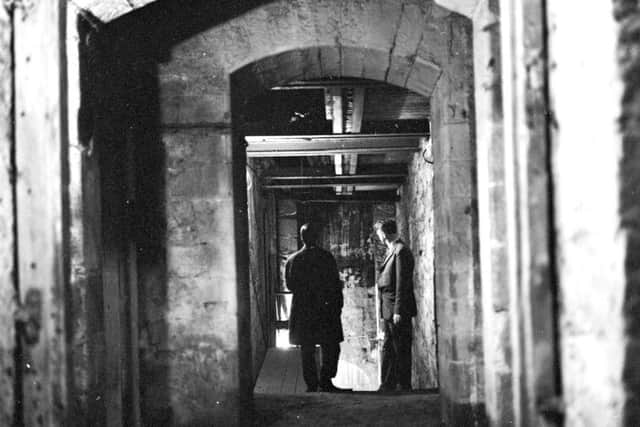

Its uneven columns form a walkway for tourists to explore the inside of the structure.
Advertisement
Hide AdAdvertisement
Hide AdThe small island is only 33 hectares and was previously inhabited by as many as 16 people in 1700s but have since been replaced by seabirds. Following several owners, Staffa was donated to the National Trust of Scotland by Jock Elliott from New York in 1986.
Many famous people have been inspired by the awe-inducing Fingal’s Cave including Felix Mendelssohn, who composed the Hebrides Overture which is also known as Fingal’s Cave, Sir Walter Scott and William Wordsworth.
The attraction is reachable through daily tours from Oban, Iona and the Isle of Mull.
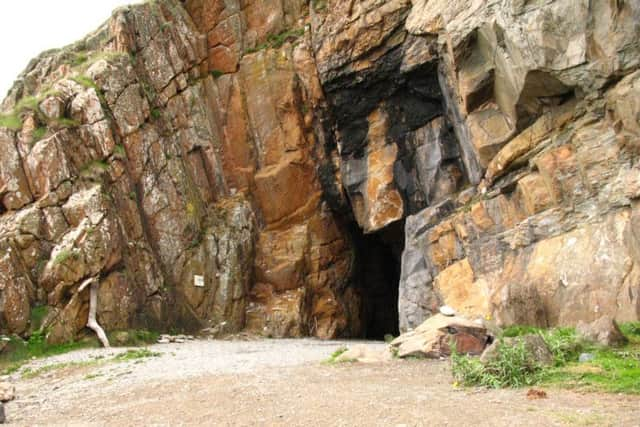

Secret Bunker, Fife
Concealed by a red-tiled and stone bungalow, Troywood, Fife’s secret bunker is hidden to the eye and one of Scotland’s underground wonders.
The structure is situated three miles north of Anstruther and was hidden 100 feet underground for over 40 years, used as a nuclear bunker and command centre. It measures in at 24,000 sq ft over two levels, with a three-tonne blast-proof door protecting its entrance. Inside a command centre, dormitories, chapel and a BBC broadcasting studio can all be found.
The Secret Bunker was one of the chain of radar stations operated along the coasts of the UK following WWII. It was designed to spot and intercept approaching Russian bombers.
Advancements in radar technology rendered the bunker obsolete and, after being used as a nuclear command centre in 1970s, it was abandoned in the 1980s.
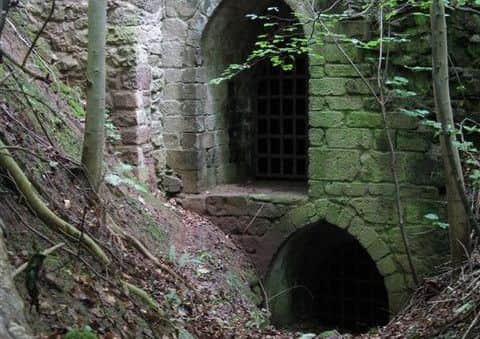

Advertisement
Hide AdAdvertisement
Hide AdThe bunker is not so secret anymore and has been transformed into a popular visitors attraction with a collection of Second World War and Cold War-era exhibits on display, including weapons and personal and official documents.
St Ninian’s Cave, Dumfries and Galloway
It’s believed that this seaside cave, four miles from Whithorn Abbey, was the hideaway of St Ninian as it’s located just a few miles to the north of the monastery at Whithorn.
Today, the hidden cave is much smaller than it would’ve been previously due to rock fall. It now measures seven metres long, three metres high and three metres wide at the mouth. Inside, the walls slope inwards creating an acute angle.
After venturing inside, the location gets even more interesting. In 1950, an excavation by archaeologist C.A. Ralegh Radford revealed internal stone walls and pavements as well as some disturbed and undated burials.
Included in Radford’s findings were 18 early Christian carved stones. Some of the crosses that were discovered were lying loose while others were built into a post-medieval wall.
The findings were put on display in the Whithorn Priory and Museum.
Since the early Middle Ages, the cave has been a place of pilgrimage for Christians.
Advertisement
Hide AdAdvertisement
Hide AdThe historical cave can be visited by a short walk down Kidsdale coastline.
Yester Castle, East Lothian
Yester Castle can be found within the Yester Estate in Gifford, East Lothian.
Built in 1267, it’s said that Hugo de Gifford - also known as the Wizard of Yester - called up goblins to build the spooky Yester Castle after doing a deal with the devil. However, one theory suggests it was imported slaves from north Africa that were tasked with building it. A lack of knowledge and mass superstition by the Scots could have fuelled the rumours.
The castle itself is concealed amid woodland and is thought to be an upshot of a Satanic pact.
It’s original design was destroyed by the Scots army in the early 14th century before a second castle was built in its place - followed by a third castle destroyed by the English army in 1540.
Despite the battles and unsavory goings on that have taken place within its walls, the subterranean chamber, including gothic-style arches remains intact and continues to be known as the Goblin Ha’ in a nod to its mythical past.
Yester Castle is one of the earliest stone castles in Scotland and is a site of national importance. The historical location still stands a shadow of its former self but below ground remains the hall which is substantially intact and a sight to behold. Its presence is a continuing reminder of the apocryphal pact Gifford made with the Underworld right here in Scotland.
Mary King’s Close, Edinburgh
Advertisement
Hide AdAdvertisement
Hide AdMary King’s Close is one of several underground streets in Scotland. The 17th century close was built over during the modernisation of the old town and now lies buried beneath Edinburgh City Chambers. However, the plan didn’t extend to the whole street and part Mary King’s Close remained hidden underneath the brand new building.
Following the outbreak of the plague in 1645, around 500 people were living and working inside the close. It’s estimated that half of them were dead or dying of the disease with the other struck by poverty.
The decision was taken to lock the remaining residents in their homes transforming their homes and workplaces into tombs where they would spend the last days of the lives.
The location is now largely believed to be haunted by those walled in. One young girl is said to roam the close after losing her favourite doll.
Mary King’s Close was re-opened to the public in April 2003 is now a tourist attraction giving visitors the chance to experience life in Edinburgh between the 16th and 19th centuries.
